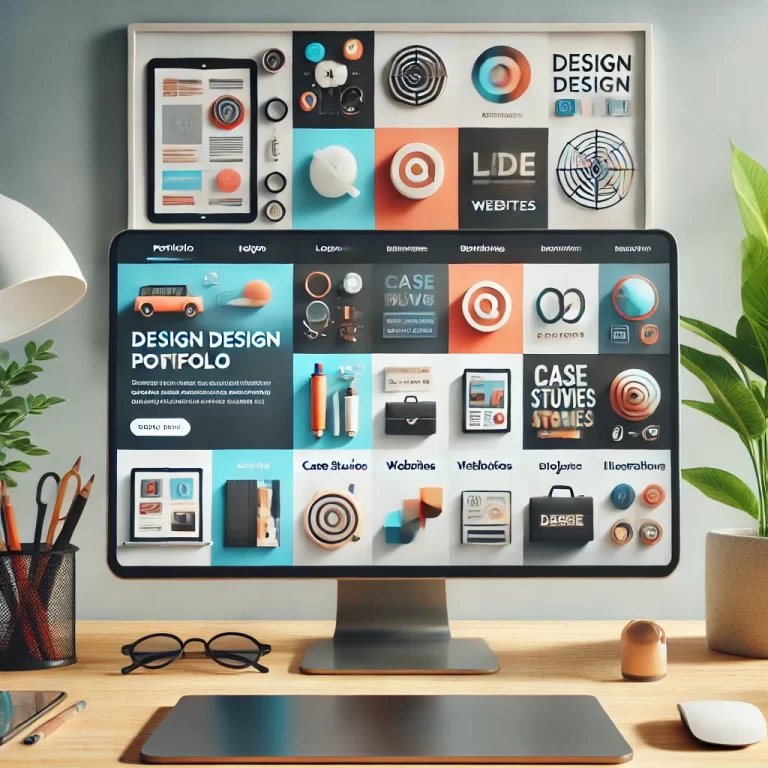How to Price Your Design Services: Insights from Industry Experts

Pricing your design services effectively is crucial for running a successful and sustainable business. Whether you are a freelance designer, part of a small agency, or running your own studio, understanding how to set competitive yet profitable rates is key. In this guide, we’ll explore different pricing strategies, key factors that influence pricing, and expert tips to ensure you’re charging what you’re worth.
Understanding Pricing Models
There are several pricing models commonly used in the design industry. Choosing the right one depends on the type of work, client expectations, and your business structure.
1. Hourly Rate
Charging by the hour is a straightforward model, particularly for freelancers and solo designers.
Pros:
• Simple and easy to calculate
• Ensures you are compensated for all time spent
Cons:
• Difficult to estimate project costs in advance
• Clients may focus too much on time spent rather than value delivered
2. Fixed Project Rate
A flat fee is agreed upon before starting the project, covering all expected work.
Pros:
• Clear expectations for both parties
• No need to track hours
Cons:
• Risk of undercharging if the project scope expands
• Requires accurate estimation of work upfront
3. Value-Based Pricing
Pricing is determined based on the value your design brings to the client’s business rather than time spent.
Pros:
• Potential for higher earnings
• Rewards expertise and impact
Cons:
• Requires strong client relationships and negotiation skills
• Harder to justify for smaller projects
4. Retainer Agreements
Clients pay a recurring fee (weekly, monthly, or quarterly) for ongoing work.
Pros:
• Stable and predictable income
• Builds long-term client relationships
Cons:
• Clients may expect unlimited work within the retainer fee
• Requires clear terms and conditions
Factors That Influence Pricing
Several factors affect how you price your design services. Understanding these will help you set fair and competitive rates.
1. Experience and Expertise
o More experienced designers can charge higher rates.
o Specializing in a niche increases your value.
2. Project Complexity
o More detailed, time-consuming projects should be priced higher.
o Complex requirements may involve additional research and revisions.
3. Client Budget and Industry
o Corporate clients generally have higher budgets than startups or non-profits.
o Luxury and high-end brands often pay more for premium design services.
4. Geographical Location
o Clients in different regions have varying price expectations.
o Remote designers can adjust rates based on client location.
5. Market Demand
o If your skills are in high demand, you can charge more.
o Research competitor pricing to position yourself appropriately.
How to Calculate Your Rates
Step 1: Determine Your Annual Income Goal
Decide how much you need to earn yearly to cover expenses and achieve your financial goals.
Step 2: Calculate Your Billable Hours
Estimate the number of hours you can realistically work in a year after accounting for non-billable activities (marketing, admin work, vacations).
Step 3: Factor in Business Expenses
Include costs such as software, hardware, taxes, office space, and marketing.
Step 4: Set Your Base Rate
Use this formula:
HourlyRate=(AnnualIncomeGoal+Expenses)/BillableHours
Hourly Rate = (Annual Income Goal + Expenses) / Billable Hours
Expert Tips for Setting Prices
1. Don’t Undervalue Yourself – Charging too little can make clients question your expertise.
2. Use Tiered Pricing – Offer different levels of service to accommodate various budgets.
3. Communicate Your Value – Explain how your design will impact the client’s business.
4. Include Revisions in Contracts – Define how many revisions are included to avoid scope creep.
5. Test and Adjust Your Pricing – Periodically review and adjust rates based on demand and experience.
Conclusion
Setting the right price for your design services is a balance of strategy, confidence, and market research. By understanding different pricing models, considering key influencing factors, and applying expert insights, you can establish rates that reflect your skills and ensure long-term business success.






